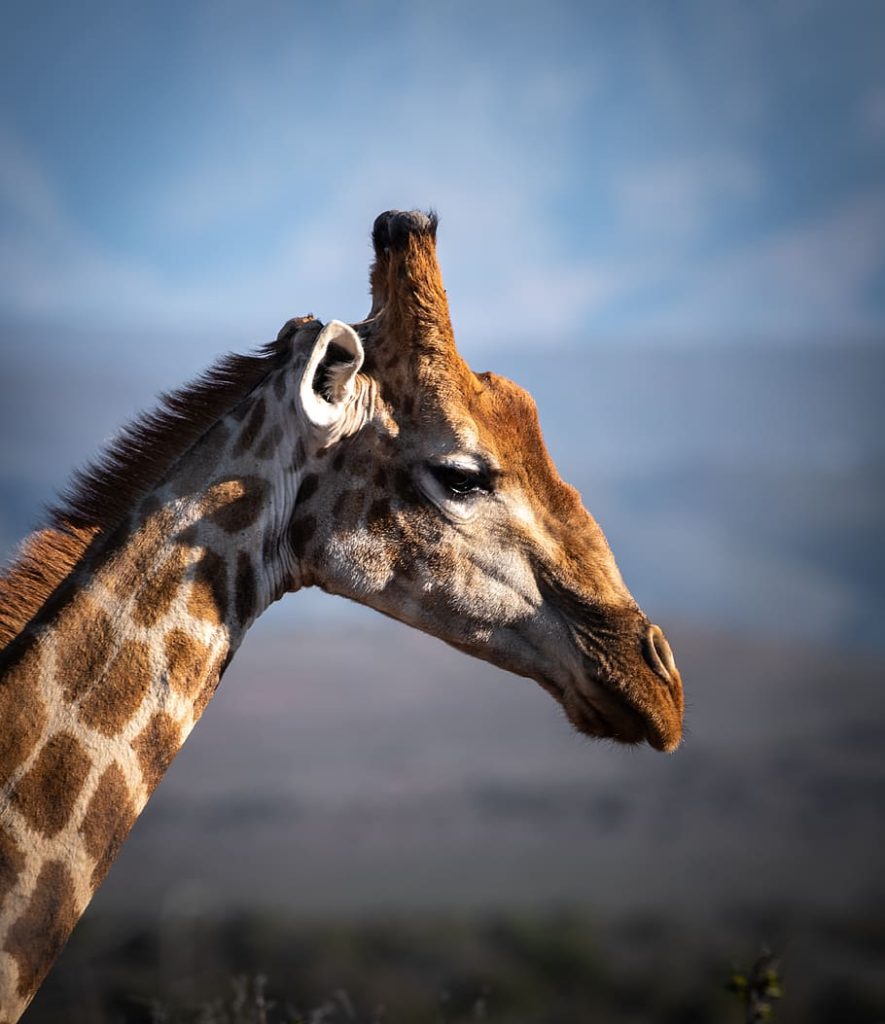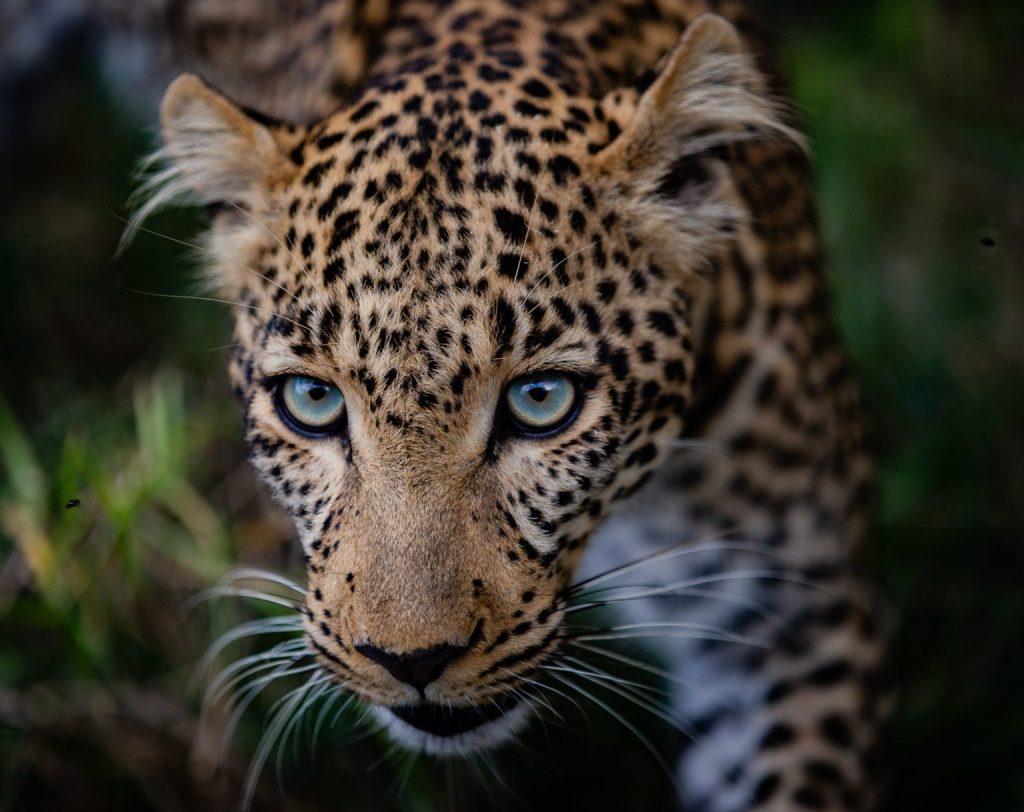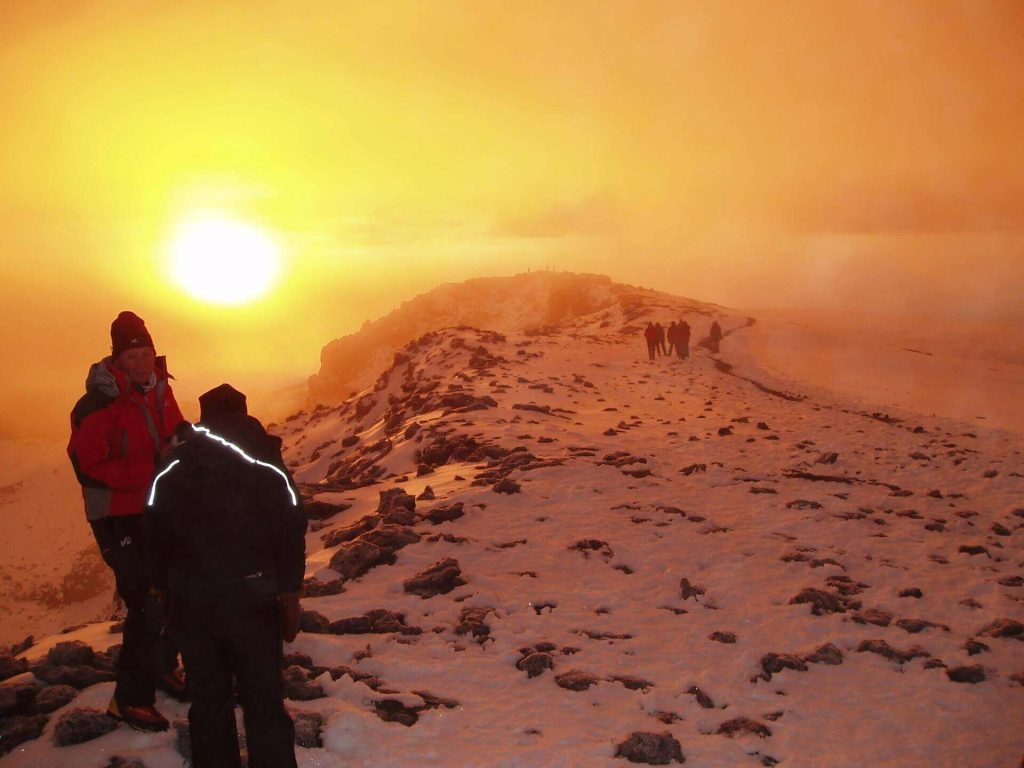Afrima Luxury Travel
TANZANIA
Define Adventure Excelence
At Afrima Luxury Travel, we believe every traveler deserves the opportunity to witness the awe-inspiring Great Wildebeest Migration, encounter the Big Five, and experience the vibrant cultures of Tanzania. As specialists in Tanzania luxury travel, we offer exceptional experiences whether you prefer group safaris, private tours, or tailor-made itineraries. We are dedicated to turning your dream safari into a reality.
Choose Afrima Luxury Travel for your next African adventure, and let us guide you through a journey filled with wildlife, excitement, and memories that will last a lifetime!



Responsible Travel
We have been making a difference for 30 years thanks to you, our guests!
In our hands
You will have access to our unique Global Concierge service 24/7 while travelling
Responsible Travel
Our Travel Specialists never send a guest anywhere they haven’t been themselves
Responsible Travel
Finest interpretive experience from our incredible private and specialist guides
TANZANIA
An African Safari in Tanzania

2 Days Northern Circuit Safari
View Package
3 Day Exclusive Serengeti Safari
View Package
4 Day Best Honeymoon Luxury Safari
View Package
5-Day Luxury Northern Circuit Safari
View Package
7-Day Wildebeest Calving Migration Ndutu
View Package
9 Days Photographic Safari
View PackageThe Great Wildebeest Migration in Africa
KILIMANJARO
Scenic adventure ascending Africa’s highest peak, challenging yet rewarding journey.

6 Days Kilimanjaro Trekking Via Umbwe Route
View Package
7 Days Kilimanjaro Trekking via Machame Route
View Package
8 Days Kilimanjaro Trekking Via Lemosho Route
View Package
8 Days Kilimanjarao Trekking Via Machame Route
View PackageOur Promise to our Esteemed Clients
TANZANIA
An African Safari in Tanzania
Tanzania Cultural Safari Best Safari Secrets
Experience the pristine wilderness of luxury African travel like never before with AFRIMA LUXURY SAFARI. Journey to the unspoiled natural beauty of Africa for an unforgettable luxury African safari experience
ARE YOU READY TO ORGANIZE A FANTASTIC JOURNEY?
Work with our travel designers to create a genuinely customized journey now, designed exclusively based on your taste and budget with all the highlights and more
EXCELLENTVerified Tanzania Safari Made Perfect by Calvin! I highly recommend this travel agency for anyone planning a safari in Tanzania. Our guide, Calvin, was exceptional! He's super knowledgeable and clearly loves what he does. He made us feel completely safe and comfortable throughout the trip, always checking in to make sure we were happy and enjoying ourselves.His expertise in wildlife and the local culture was impressive, and his friendly, professional attitude made the trip unforgettable. If you're looking for a great safari with a guide who's passionate and dedicated, Calvin is your guy!Verified Exceptional Safari! We booked a safari tour with Afrima Luxury Travel and are more than happy. Our guide Calvin made sure, that we were taken care of every step along the way. He was incredibly knowledgeable, funny and charming. Everything was perfect! If you want to go on a safari (which you should absolutely do in Tanzania), you should go with Afrima Luxury Travel. Thank you Calvin for this incredible experience!Verified Safari trip with Calvin! Calvin is the best guide you can have! We spent 5 days with him, which will leave us with lasting memories.Thanks Calvin!Verified AMAZING I booked a tour with Afrima Luxury Travel for 4 days safari.AMAZING !Everything was great from the first day until the last day.The service was just perfect.I highly recommend if you want to go on safari.Verified A superb experience I booked a tour with Afrima Luxury Travel and everything was wonderful from the 1st to the last day. The service was incredible. I highly recommend this company if you need to go on safari. Furthermore, Calvin is an excellent guide, blessed with great kindness, he will make you love and discover his beautiful country. Do not hesitate !Verified Unforgettable We went on a safari with Calvin for 1 week with another tour operator and we were delighted. Thanks to CALVIN for this great week, for his kindness, and for his perseverance in finding us the most beautiful spots and the most incredible and unusual situations.Verified Unforgettable experience I booked a tour with Afrima Luxury Travel and everything was great from the first day to the last day. The service was incredible. In addition, Calvin takes the time to show the most emblematic animals of the savannah. Thanks to him we were able to see the big five. It was a magical experience. I highly recommend this company if you want to go on safari.Verified Amazing We met Calvin a few years ago who was our safari guide, he is an incredible person who makes you experience unforgettable moments and shows you the rarest things that nature can offer you. We then booked a tour with his own company which is Afrima Luxury Travel and everything was great from the first day to the last day. The service was incredible. I highly recommend this company if you want to go on safari!!!Verified Unforgettable safari Magnificent safari with Calvin! You can trust him to put together a tailor-made stay off the beaten track.Exceptional stay from the first to the last day. The service was incredible.I highly recommend Afrima Luxury Travel!🙏🏼✨Verified Amazing ! Our safari was great from start to finish. We were picked up from the airport to explain everything that was planned.The staff is punctual and attentive. The lodges, the meals and these 4 days were perfect. We saw the big five and everything was done to satisfy us.I highly recommend Afrima Luxury Travel!!!! Thanks to them our honeymoon was unforgettable.





